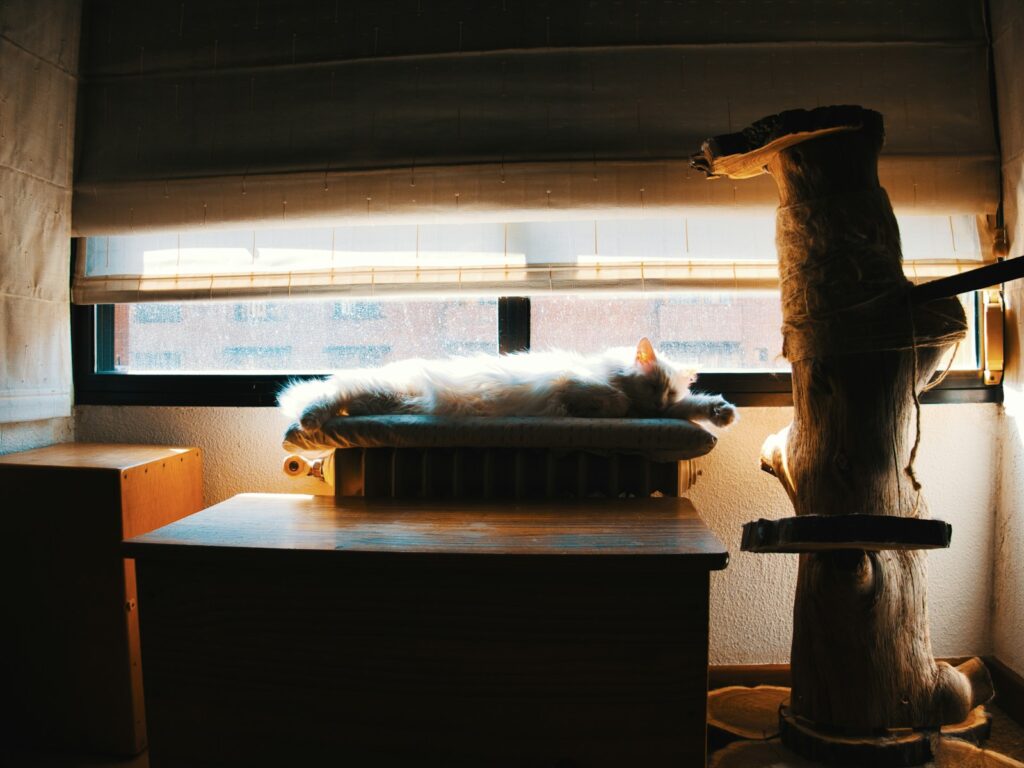Laminate flooring has become a popular choice for homeowners seeking durability and aesthetic appeal. When it comes to installation, two primary methods stand out: glued down and floating. In this comprehensive guide, we will delve into the distinctions between these two installation techniques, aiding you in making an informed decision for your flooring project.

Glued Down Laminate Flooring
- Installation Process: Glued-down laminate flooring involves a meticulous installation process where adhesive is directly applied to the subfloor. The individual laminate planks are then carefully laid onto the adhesive, creating a secure and permanent bond with the subfloor. This method demands precision and attention to detail during installation to ensure a flawless and durable outcome.
- Stability and Firmness: One of the significant advantages of glued down laminate is the stability it provides. The direct attachment to the subfloor results in a flooring surface with a firm and solid feel underfoot. This characteristic makes it an ideal choice for areas with heavy foot traffic, as it minimizes the risk of planks shifting or moving over time.
- Seamless Appearance: The glued down method contributes to a seamless and cohesive appearance. Without any gaps or spaces between the planks, the flooring presents a smooth and continuous surface. This aesthetic quality is particularly appealing to those who prioritize a unified and refined look in their living spaces.
- Durability and Longevity: The robust bond created by the adhesive enhances the overall durability and longevity of glued down laminate flooring. This method is well-suited for spaces where longevity and resistance to wear and tear are paramount, making it a reliable option for both residential and commercial settings.
- Installation Expertise: Achieving a successful glued down installation requires a certain level of expertise. Professional installers are often recommended to ensure the adhesive is applied evenly, preventing issues such as uneven planks or gaps. While it may be a more involved process, the results are a resilient and long-lasting flooring solution.
- Considerations for Moisture: It’s crucial to consider moisture levels in the subfloor when opting for glued down laminate. Moisture can impact the effectiveness of the adhesive, potentially leading to issues like warping or buckling. Proper subfloor preparation and moisture testing are essential to mitigate these concerns.
Floating Laminate Flooring
- Installation Process: Floating laminate flooring distinguishes itself through a unique installation process. Instead of being directly adhered to the subfloor, individual planks are designed to interlock with each other, forming a “floating” surface that rests on top of an underlayment. This method is known for its simplicity, making it a popular choice for DIY enthusiasts and those seeking a hassle-free installation experience.
- Flexibility and Easy Removal: A key advantage of floating laminate is its flexibility. The interlocking mechanism allows the floor to expand and contract with changes in temperature and humidity, reducing the risk of warping or buckling. Additionally, this flexibility makes it easier to remove and replace individual planks, providing a convenient option for future updates or repairs without disrupting the entire floor.
- Subfloor Compatibility: Floating laminate flooring is versatile when it comes to subfloor compatibility. It can be installed over various surfaces, including concrete, plywood, and existing flooring. This adaptability makes it a practical choice for renovations where removing the existing floor may be impractical or time-consuming.
- DIY-Friendly Installation: One of the main attractions of floating laminate is its user-friendly installation process. With the interlocking system, planks can be clicked together without the need for adhesives. This makes it an accessible option for individuals with basic DIY skills, potentially saving on installation costs.
- Sound and Thermal Insulation: The underlayment beneath floating laminate provides additional benefits, such as sound and thermal insulation. This can be advantageous in homes where noise reduction and temperature regulation are priorities, contributing to a more comfortable and quieter living environment.
- Considerations for Moisture: While floating laminate is generally more resistant to moisture than glued down options, it’s essential to address any moisture issues. A moisture barrier underlayment can be added to provide extra protection, especially in areas prone to high humidity or moisture exposure.
- Aesthetic Versatility: Floating laminate comes in a wide range of styles and designs, offering homeowners the freedom to choose a flooring option that suits their aesthetic preferences. The variety of finishes and patterns available make it adaptable to different interior design schemes.
Choosing Between the Two
Consideration of Subfloor Condition: Assess the condition of your subfloor – a glued down installation may be suitable for optimal conditions, while floating laminate provides a more forgiving option for less-than-ideal subfloors.
Ease of Installation: If you prioritize a straightforward installation process and possess some DIY skills, floating laminate may be the better choice. Glued down installation often requires more precision and expertise.
Aesthetic Preferences: Your desired look and feel play a crucial role. If you prefer a seamless appearance and a firm underfoot feel, glued down laminate is likely the better option. For flexibility and easy replacement, floating laminate is a strong contender.




